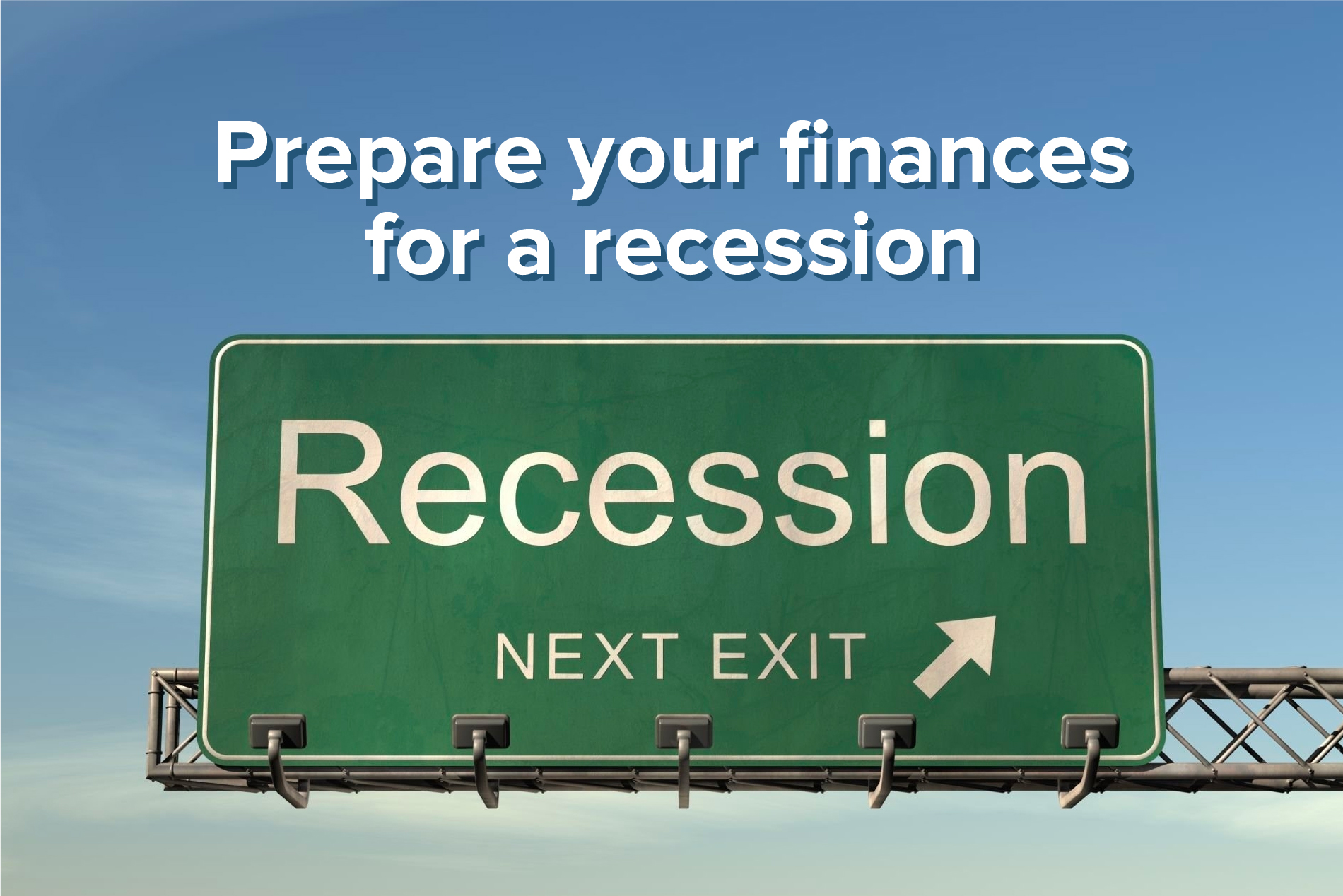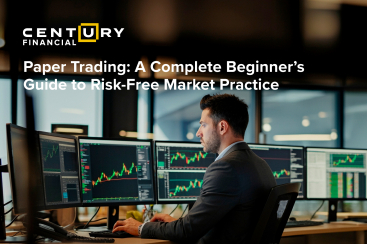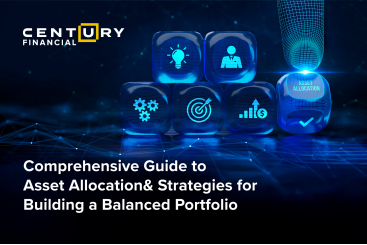Wednesday, September 14, 2022
Prepare Your Finances for a Recession: The Stock Market Investment Edition
By Century Financial in 'Blog'


Amid the rising commodity prices, slow economic growth , interest rate hikes, and high unemployment , there is a growing concern that the world economy is heading towards a recession. The war in Ukraine and supply chain disruptions have magnified the risk for stagflation - an economic event in which the inflation rate is high, economic growth slows down, and unemployment remains high.
The World Bank, in its latest Global Economic Prospects Report, forecasts global economic growth at 2.9 percent, down from 5.9 percent in 2021. This slump is expected to continue over 2023-24 as the war in Ukraine and damage from the pandemic disrupts financial activity, investments, and trade.
Goldman Sachs puts the probability of a recession in the United States over the next year at 30 percent. On the other hand, UBS predicts that there will be an economic slowdown but not enough to tip the economy into a recession.
Whether a global recession is near or further away, here’s how you can prepare for it.

A diversified portfolio of safe fixed income options, equities, alternative investments, and private equity can provide the most protection against an economic downturn. When you distribute your stock market investment across a variety of asset classes, company sizes, and locations, you will be able to minimize the impact of the asset value going down and prevent serious losses during a recession.
.png)

Even during a recession, consumers will continue buying essential goods like food, toiletries, and medical supplies. Due to this reason, companies selling consumer staples remain resilient during stagflation. While this industry will also suffer from the effects of the recession, this sector is considered a safer bet among equities.

One of the most significant steps you can take to thrive during a recession is moving a portion of your fortune to cash. Access to liquidity will give you the purchasing power to snap up bargain stocks before they can rebound. A healthy amount of cash and bonds with short maturity periods can mitigate portfolio risk and offer protection as the market declines.

US Treasury Notes and Series I Savings Bonds will give you solid returns on low-risk investments . The Treasury Inflation-Protected Securities offer attractive returns and liquidity after 12 months. Series I Savings Bonds backed by the US government return the rate of inflation on an annual basis to protect their portfolio as commodity prices soar.
Gold is an asset for long-term investors seeking stability in a negative market environment . During periods of uncertainty, gold tends to outperform stocks. An allocation of gold in your portfolio could help you balance the overall portfolio volatility and performance.
When it comes to thriving during a recession, it is important to focus on the long-term horizon, limit risks, and set aside capital to invest during recovery. Taking a proactive approach and planning for a recession will help you come out of it in a stronger financial position than before.
It is advised to have a financial consultant by your side to navigate an economic downturn. Working with a financial consultant could help you easily bounce back from a slump and minimize losses through a planned strategy customized to your risk appetite and financial goals.
The content in this blog, including any research, analysis, opinions, forecasts, or other information (collectively, "Information"), is provided by Century Financial Consultancy LLC (CFC) for marketing, educational, and general informational purposes only. It should not be construed as investment advice, a recommendation, or a solicitation to buy or sell any financial instruments.
This Information may also be published across various channels, including CFC’s website, third-party platforms, newsletters, marketing materials, emails, social media, messaging apps, webinars, and other communications. While CFC strives for accuracy, we do not guarantee the completeness, reliability, or timeliness of any content. Any decisions made based on this Information are at your own risk. CFC accepts no liability for any loss or damage arising from its use.
Trading financial products involves significant risk and may not be suitable for all investors. Please ensure you fully understand the risks and seek independent professional advice if necessary.
Please refer to the full risk disclosure mentioned on our website.









.png)
.png)
.png)
.png)


